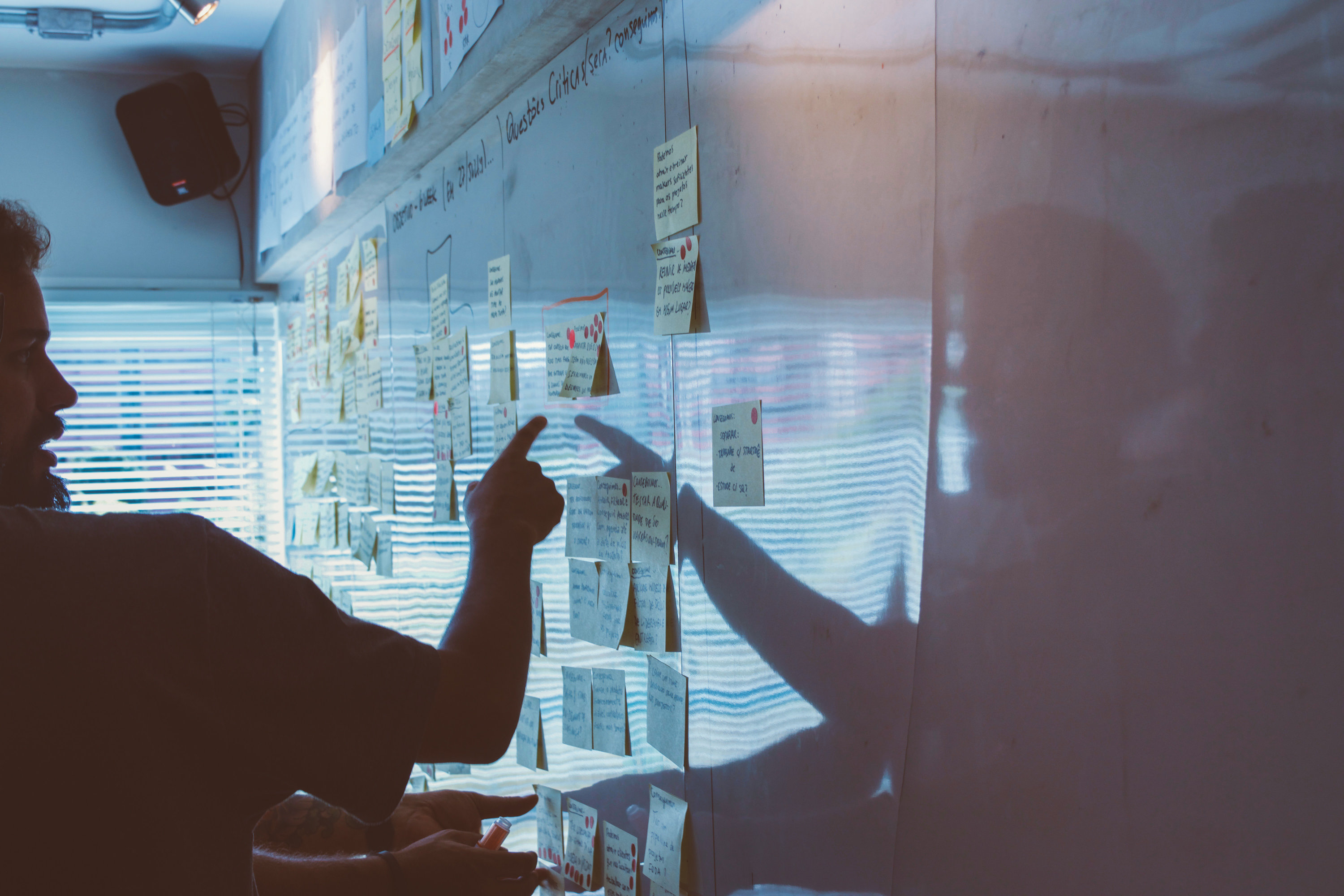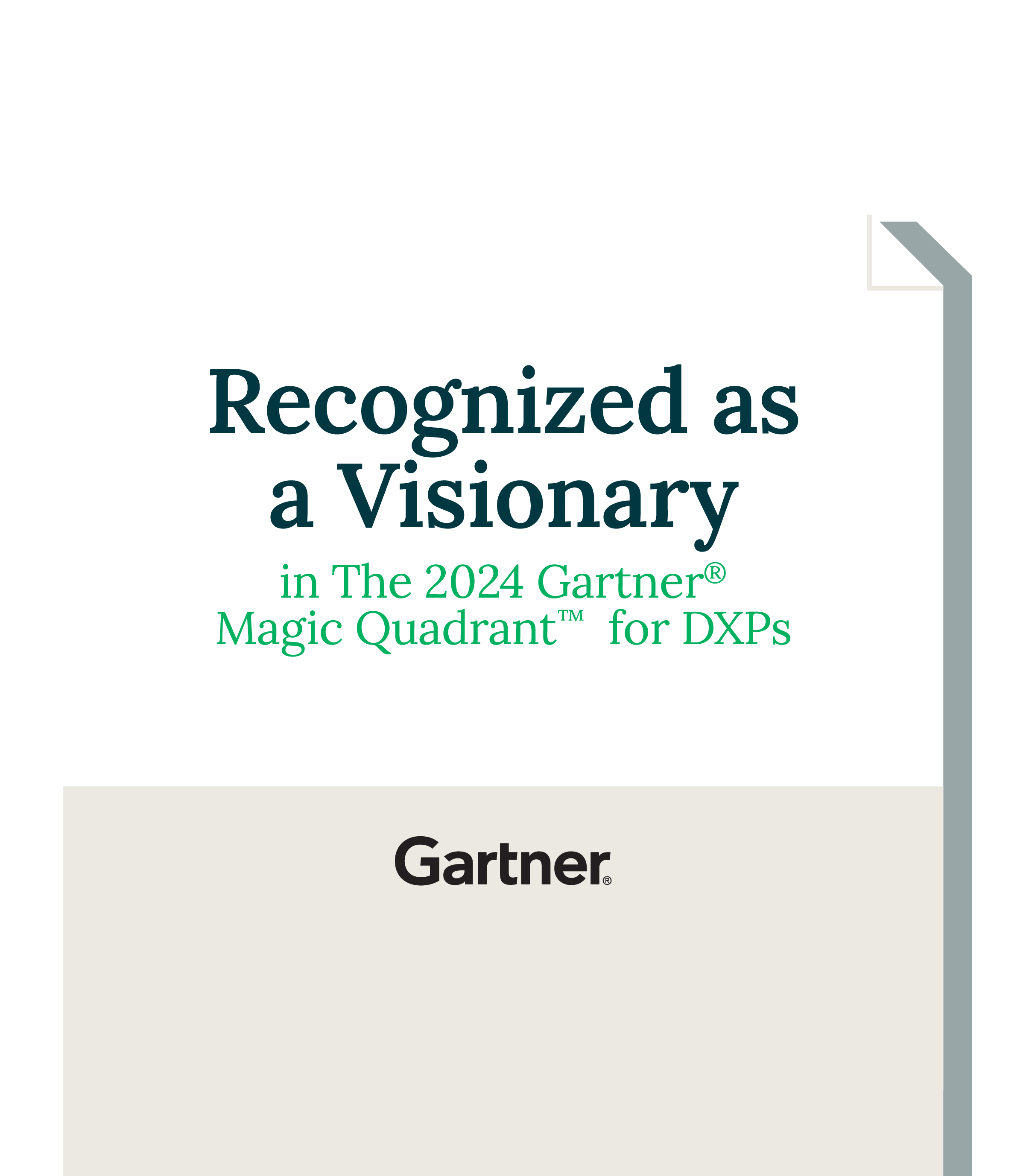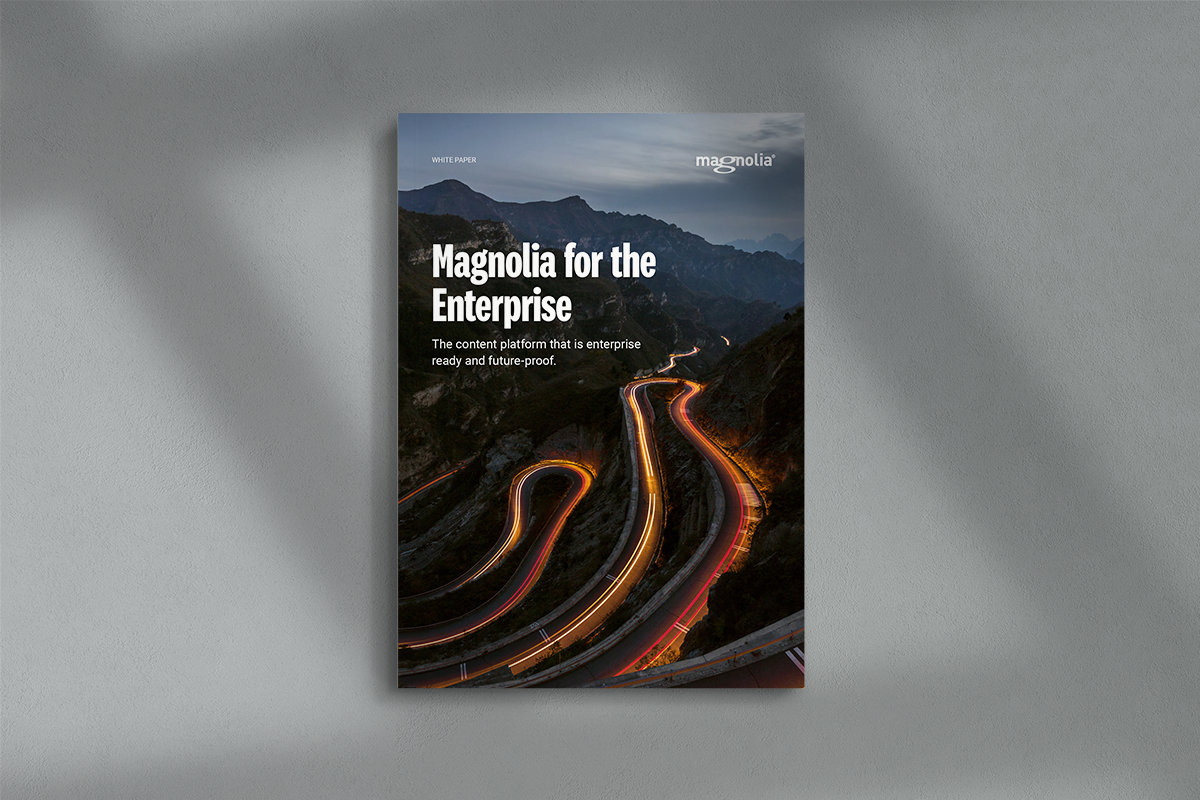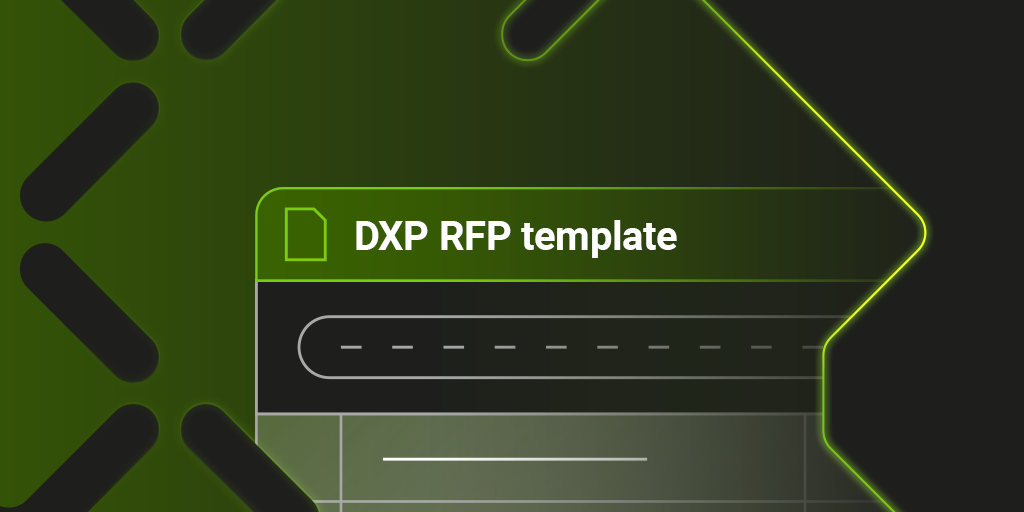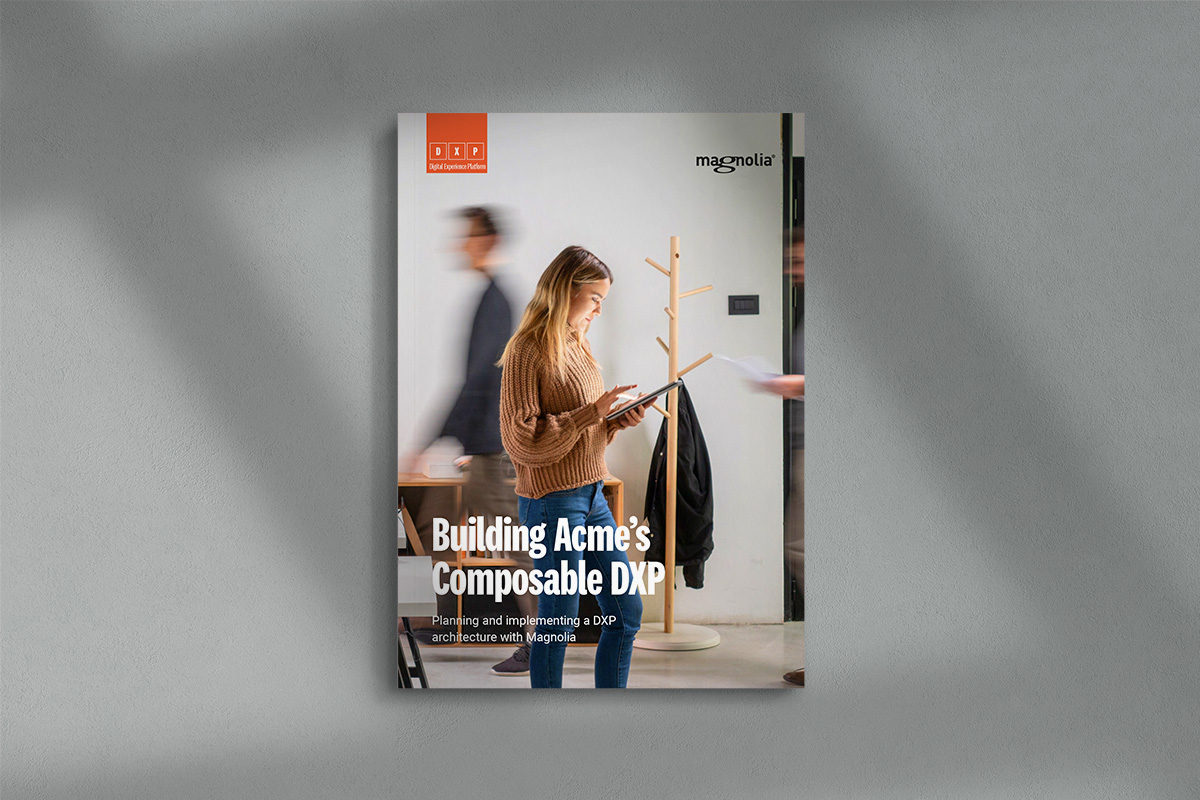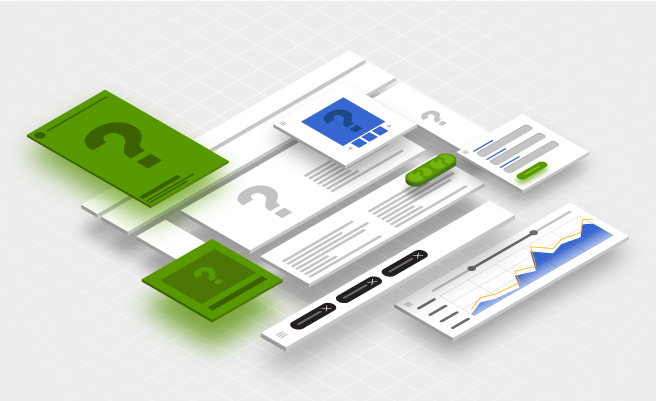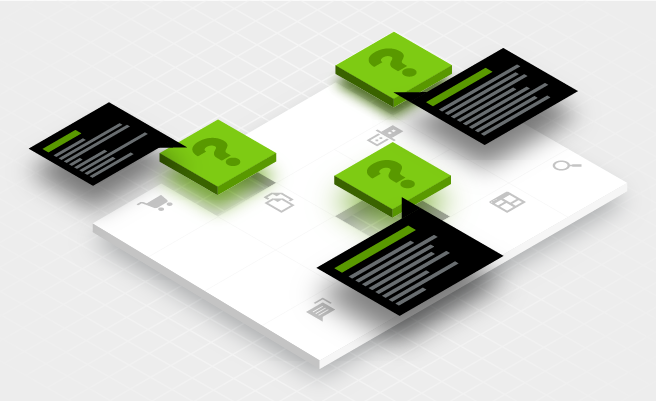What is a DXP?
A Digital Experience Platform (DXP) is a set of integrated technology components that together provide the tools and capabilities to create, manage, and deliver content and experiences across digital channels and touchpoints in a consistent, unified way that allows developers and non-technical users, for example, marketing teams, to collaborate.
A composable DXP is built using a modular architecture, enabling organizations to adapt their digital strategy and execution to changing user behavior and customer needs.

构建自由组合的 DXP
为客户提供跨渠道、个性化的数字体验,需要企业选择现代化的、功能强大且易于集成的系统(包括 CMS、数据分析、电商后台、营销自动化系统等)来构建数字体验平台(DXP)。
为了降低项目的复杂性,我们开发了一个 DXP 框架,将 DXP 分成 3 个层,每个层有 4 个构建块,使其更容易理解和设计。这些构建块允许您以小规模起步,同时考虑到未来的发展,允许您在学习和成长过程中扩展企业的 DXP 的功能。
虽然您可能尚未拥有 DXP 的所有组件/功能,但您可能会发现,您的现有的系统已经包含了 DXP 的许多部分。这个框架将帮助您了解 DXP 的蓝图,并找到企业可以加强的方向。
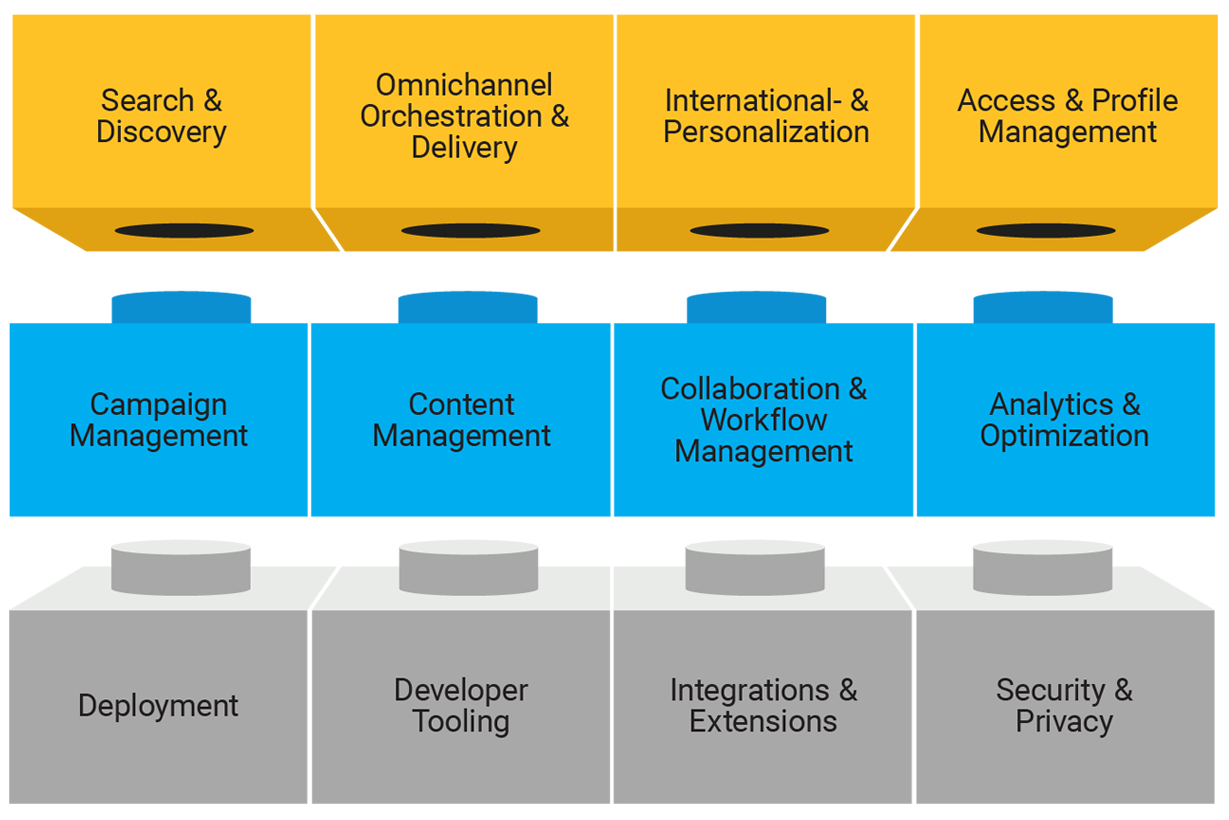
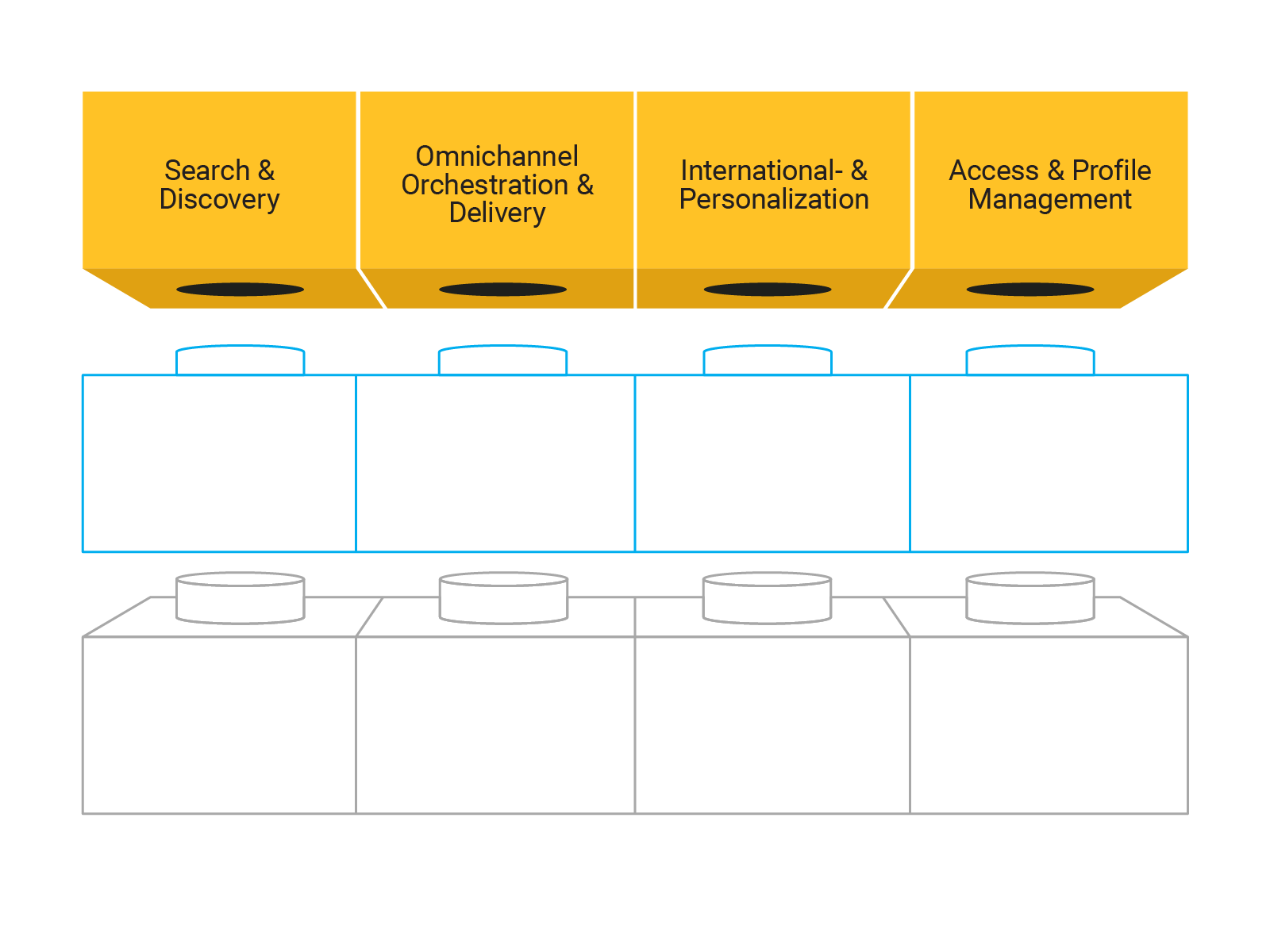
体验层
搜索和发现
可查找的信息包括 SEO
多渠道编排和交付
向各种数字平台和设备提供体验,交付自动化
国际化和个性化
数据驱动的个性化和情景化,接触点本地化
访问和资料管理
客户注册和资料管理
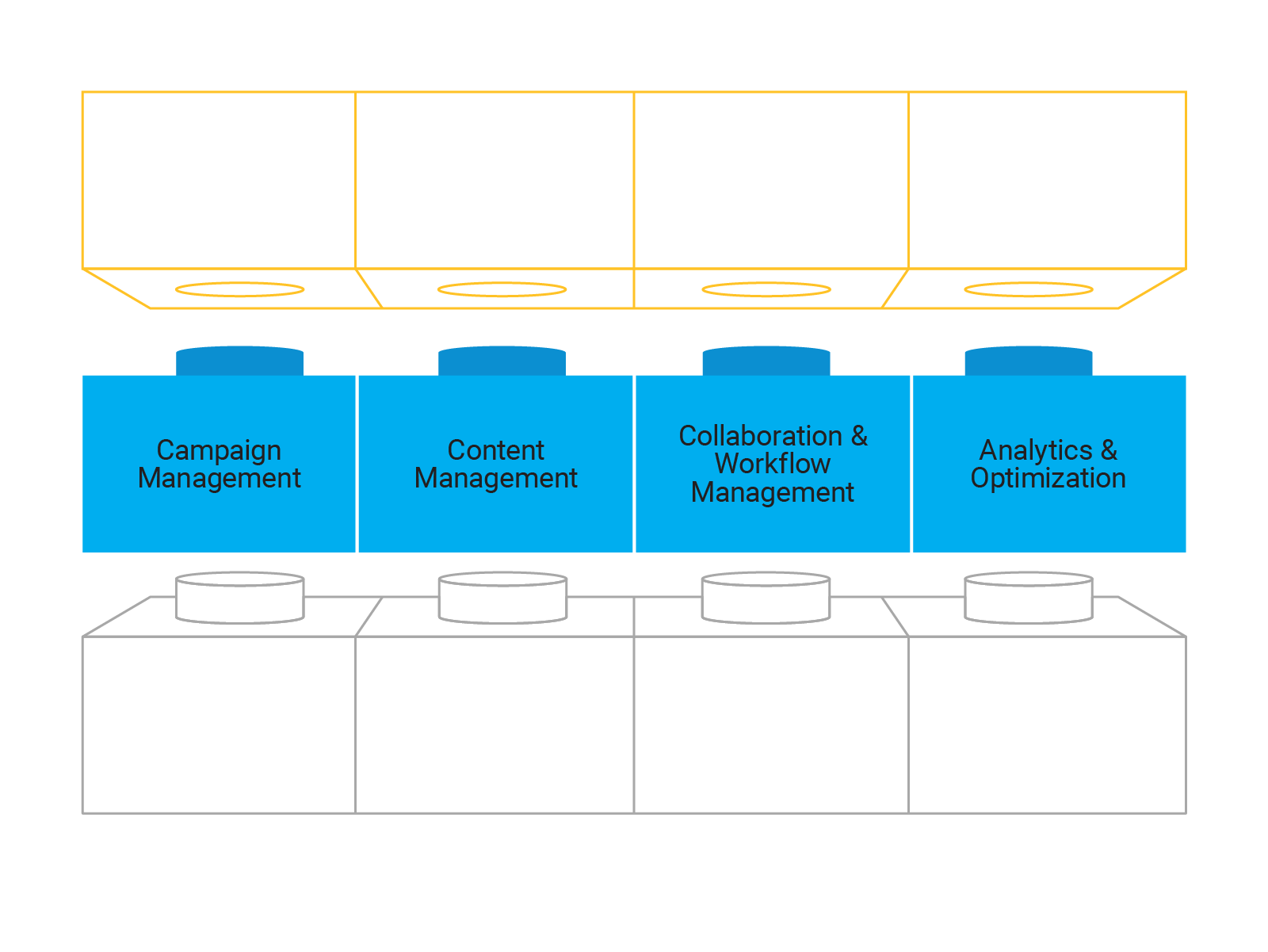
管理层
线上市场活动管理
跨渠道的市场活动,包括 APP、微信公众号、网站、邮件和移动设备
内容管理
体验管理、内容管理、前后端分离的 CMS 和多站点管理
协作和审批管理
跨部门沟通和协作、运营和审批工作流
分析和优化
分析和商业情报、A/B 测试和客户生命周期管理
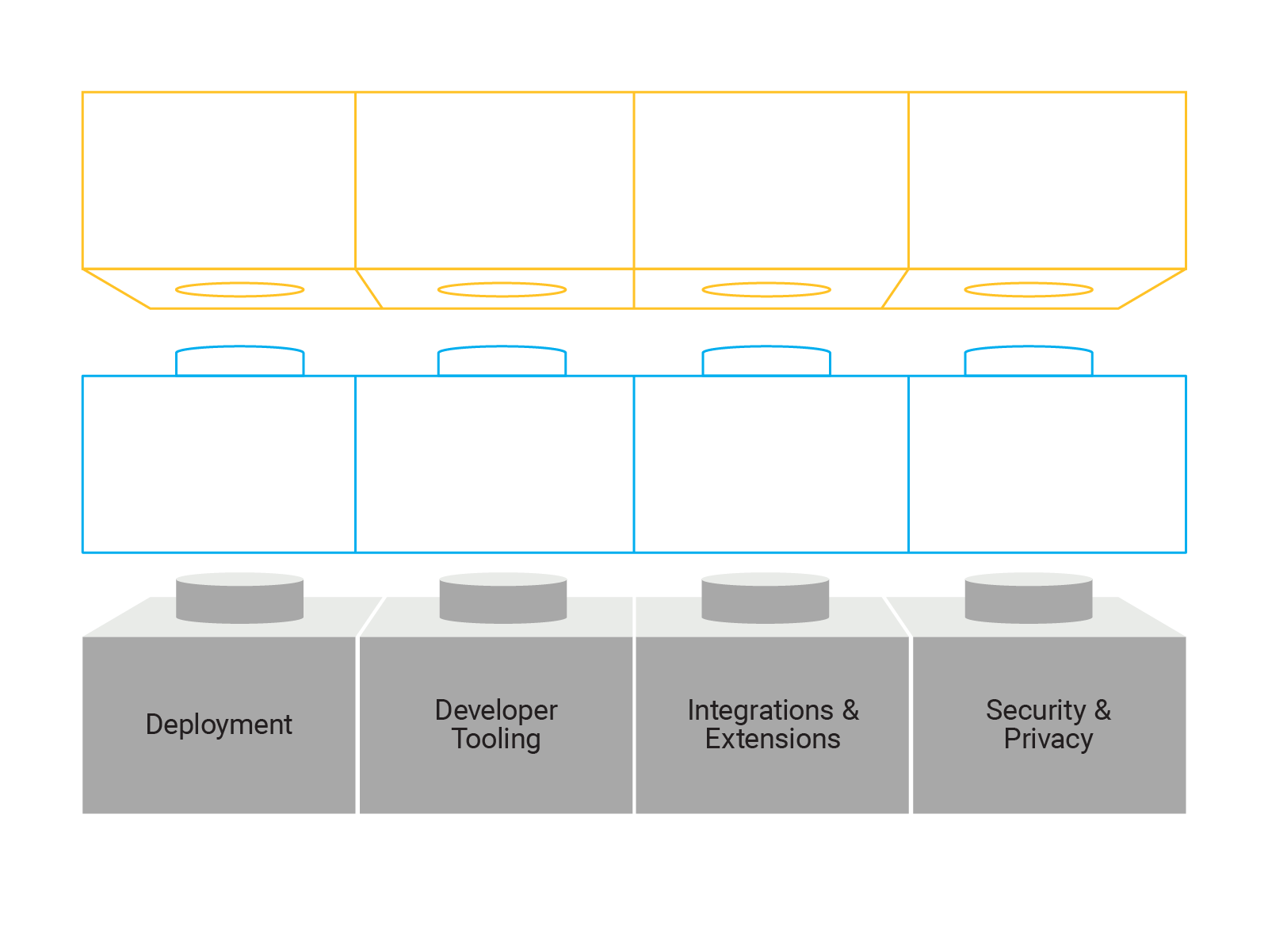
基础架构层
基础架构层
部署
Magnolia 提供云部署和本地部署两个选项
开发人员工具
低代码和灵活开发、API、CI/CD 和自动化
集成和扩展
与相关系统的集成,以及数据调用。
安全和隐私
访问控制、SSO、针对安全和隐私标准的合规性,其中包括 ISO 27001 和 GDPR
Magnolia 的优势
通过集成实现强大的数字体验平台(DXP)
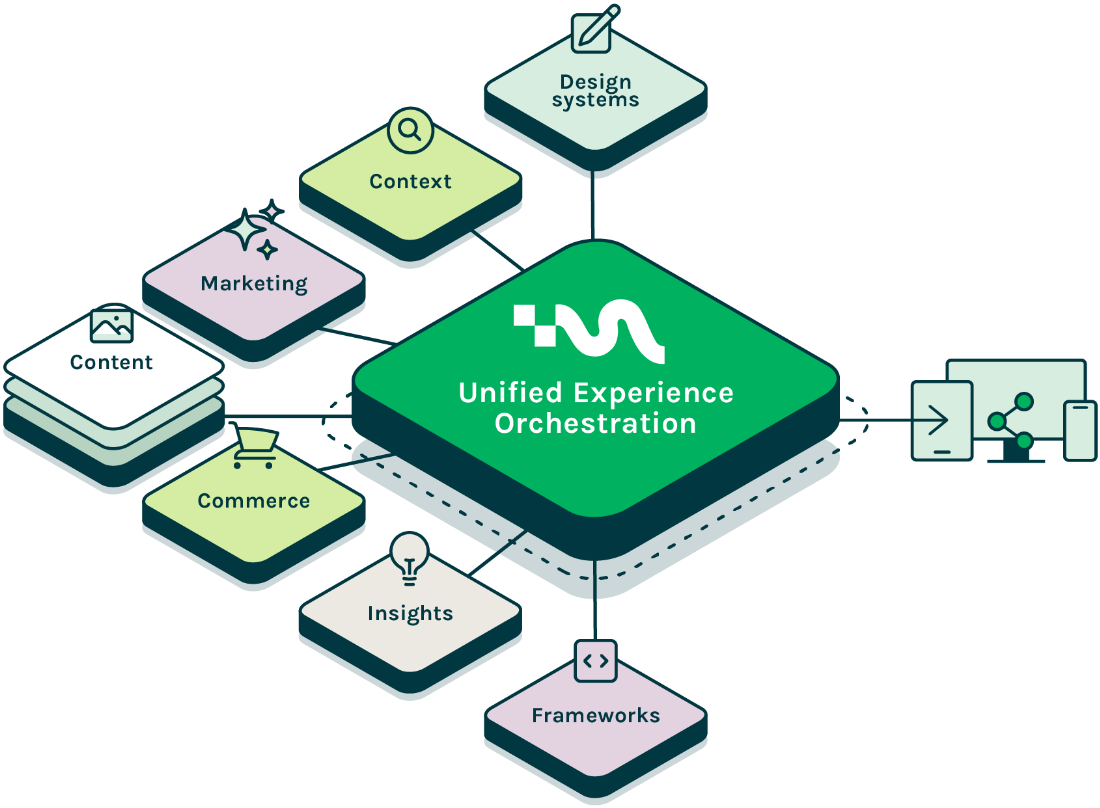
Magnolia 的内容管理系统是数字体验平台(DXP)的核心组件之一,它提供了内容和体验管理功能。Magnolia 还提供了额外的组件,如个性化、优化和跨渠道体验交付。您可以将 Magnolia 与您选择的营销自动化、电商和数据分析系统集成,搭建强大的数字体验平台(DXP)。
FAQs
What is a CMS?
Content Management Systems help create and manage text and images for traditional websites. They include a content repository to store content and an authoring interface for content editors to manage website pages.
What is WCM/WEM?
Web Content Management/Web Experience Management relates to the second generation of CMSs. It delivers content to one or more channels and typically includes personalization and analytics on top of its content management capabilities.
What is a DXP?
Digital Experience Platforms provide fully-integrated tools that allow organizations to create, manage, and deliver digital content across multiple online and offline channels and throughout the customer journey. A digital experience platform (DXP) provides software solutions that allow organizations to create, manage, and deliver consistent experiences, improve user experience, and retain customer loyalty.
Digital experiences are interactions between a customer and a business or its services using digital technology to deliver relevant content on digital platforms. Examples of digital experiences include:
- browsing a website
- shopping online
- talking to a smart assistant
- streaming media
In enterprise organizations, several teams usually collaborate to create personalized content. A DXP, therefore, offers different tools for different user types.
- Content creators, like marketers or editors, use a central visual interface to create relevant content.
- Developers get to use IDE integrations, low-code tools, or APIs.
What is the difference between a DXP and a CMS?
Management Systems were introduced to help organizations create, manage, and deploy content for their website. Sounds like ancient history?
Yes, and back then, websites were simple, and so were the tools to manage them. Why? These early websites consisted of text, links, and sometimes images.
While CMSs still exist – typically as a component of a DXP – the term no longer does justice to the single platform that provides integrations to a whole ecosystem of DX technology to create engaging and personalized omnichannel experiences that go far beyond what a website in the 1990s had to offer, you can see here, what a DXP is.
What is headless architecture?
Headless architecture decouples the backend from the frontend. The frontend is the presentation layer that users directly interact with. It is the ‘head’ in ‘headless’. While traditional Content Management Systems provide their frontend, by definition, a headless CMS does not include the front end. Instead, it acts primarily as a digital content repository making content available via APIs for client-side customer interaction. Any frontend has to be built separately to breed solutions.
This architecture allows developers more flexibility and control over the experience. It also makes integrating content reuse and microservices into the frontend and mobile applications easier. On the other hand, building the frontend requires additional effort.
Companies with large development teams or agency budgets can benefit from this approach without feeling restricted. Others might consider a hybrid-headless CMS coupled with a Digital Asset Management (DAM) instead, allowing them to choose between a headless and a traditional approach on a project-by-project basis.
What is composable architecture?
Composable architecture is a software development pattern that emphasizes modularity and reusability of components. It involves breaking down a system into smaller, independent components that can be easily combined or replaced without affecting the rest of the system. This approach promotes code reuse, scalability, and maintainability. Composable architecture often aligns with functional programming principles and encourages explicit dependencies and data immutability.
What is the difference between a DXP and a composable DXP?
A composable DXP is a specific kind of DXP that uses a modular architecture. That means it comprises individual software components that contribute capabilities to create, manage, and deliver digital experiences for better digital customer experience.
A Content Management System (CMS) and content delivery are some of its core components; they comprise the core technology of a composable DXP. Other components include Customer data, Personalization, Analytics Tools, Search, Commerce, Recommendations, and a user interface.
These individual software components are often called best-of-breed technology because they solve a specific problem very well. Starting with only the required components and adding others over time allows you to control complexity and grow your digital channel.
To get individual components to work together as one, a DXP relies on integrations between them; think of it as a mesh or a network. This network connects the individual software components seamlessly, making them available in the platform rather than accessing each component separately. The opposite of a composable DXP is a suite DXP that aims to provide an all-in-one solution.
Both approaches have pros and cons, the biggest difference being flexibility. While purchasing an all-in-one solution might seem simple, it has limitations. A software suite includes a large set of capabilities that you might or might not need and that might or might not do what you need them to do. However, adding best-of-breed software components to a suite is often difficult or impossible. And using only capabilities within the suite makes it often hard to deliver new, innovative projects for marketing teams and customer portals.
You also have to look into your overall business goals. If you find it difficult to choose between buying a closed suite and building a complex DXP, consider a composable solution that allows you to grow as you go. There are different difficulty levels when building a composable DXP, and you don’t have to start at level 99 and fight a gigantic beast right away – or at all. You can start at level 1, and how complex you want your DXP to become is up to you.
Is a DXP headless?
A DXP can be headless, but depending on its capabilities, it can manage, host, and render traditional websites based on CMS templates rather than as frontend apps built with React or Angular.
Sign-up for a developer trail
立即获取 30 天的免费试用!
现在就开启探索 Magnolia CMS 的旅程:
- 申请 30 天的免费试用。
- 我们把License和所需的资源通过邮件发送给您。
- 安装 Magnolia 并开始创建您的项目。
